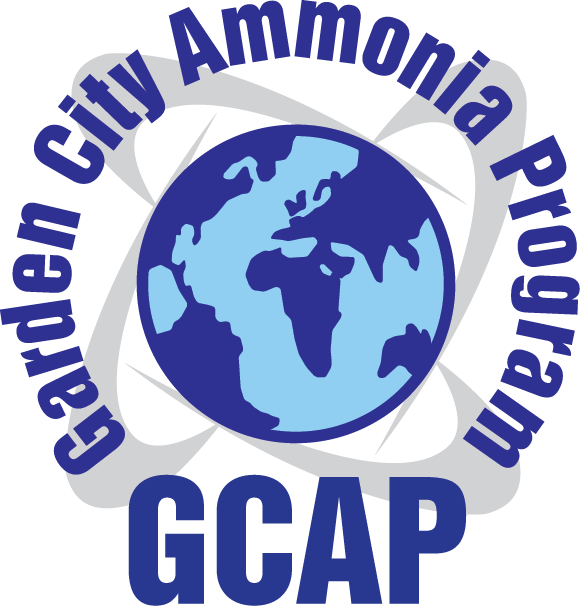Boiler Technician Level One
(FIFTH Class Engineer)
Requirements
(Low Pressure)
Minimum age: 18
Education: High School Diploma or Equivalent or Trade School
Experience: 6 months,
Examination: Written
Maximum Prime Mover Hp (Unsupervised)
Maximum Boiler Hp (Unsupervised)
Training Material Used:
Boiler Operator's Workbook, By R. Dean Wilson Fourth Edition
Power Points Programs build By Randy Williams
Material used from Cleaver Brooks, Superior Boilers, Columbia, Nebraska, and many others.
Testing Fundamentals
Curriculum for Fifth Class Engineer under the NIULPE program shall cover the Basic Fundamentals of Low Pressure Boilers.
1. Two common types of boilers ? fire tube and water tube: Description and characteristics and qualities of a good boiler.
2. Water Tube Hot Water Boilers: Meaning and description of these terms: Low Pressure, High Pressure, Section I or V of the ASME Boiler and Pressure Vessel Code, Safety Relief Valve, Temperature & Pressure gauges, Air Control, Flow Control, Pressure-Reducing Valve, Compression Tank, Aquastat, Diverter Fittings.
3. Cast Iron Sectional Boilers: Description and characteristics, uses and construction
4. Electrical Boilers: Description and characteristics, and construction
5. Boiler Fittings: Meaning and description of these terms: Safety Valves, Testing Safety, Valves, Compound Gauge, Pressure Gauge, Vacuum gauge, Pig Tails Siphon, U-Tube siphon, Water Column, Try Cocks, Operation Gauge Glass Flat and Tubular, Water Column Blow Down Valves, Gauge Glass Blow Down Valves, Bottom Blowdown Valves, Boiler Vents.
6. Boiler Water Chemistry: Meaning and description of these terms: Controlling High Water, Removal Sludge and Sediment, Controlling Chemicals, Dumping The Boiler, Surface Blowdown, Controlling Chemicals, Foaming, Priming, Carryover Boiler Water Treatment, Boiler Water Contamination.
7. Boiler Feedwater Treatment: Describe the measures for treatment of the following: Preventing Scale, Oxygen in Boiler , Water, Feeding Chemicals, Priming and carryover
8. Fusible plug: Where placed, purpose, how kept in good condition, possible failures, description, installation and when, renewed.
9. Instrumentation: Meaning and description of these terms; Pressure Control Devices, Mercury Tube Pressure Control, Mercury Pressure Control, Modulating Pressure Control, Modulating Pressure Control Operation
10. Draft Systems: Meaning and description of these terms: Natural Draft, Mechanical Draft, Forced Draft, Induced Draft, Balanced Draft, Measuring Draft, Controlling Draft.
11. Feedwater Systems: Meaning and description of these terms: Feedwater Valves, Feedwater Valve Operation City Water Makeup, Make Up Systems, Automatic makeup System. Feedwater Regulator.
12. Low Water Fuel Cutoff: Meaning and description of these terms: Low Water Fuel Cutoff Construction, Operation of the Low Water Fuel Cutoff, Testing the Low Water Fuel Cutoff
13. Fuel Oil System: Meaning and description of these terms: Viscosity, Flash Point, Fire Point, Pour Point, Types of Fuel Oil, BTU Valves, Fuel Oil Heaters, Fuel Oil Tanks, Duplex Strainer, Fuel Oil Pump, Burners and Types, Pressure Regulating Valve, Fuel Oil Piping, Instrumentation for Fuel Oil Systems
14. Boiler Operation: Standard Operation Practices: Taking Over A Shift, Boiler Startup Boiler Shut Down, Blowing Down A Boiler, Low Water Conditions, Furnace Explosions, Preparing for a Boiler Inspection, Boiler Lay-up, Broken Gauge Glass Operation, Cleaning The Gauge Glass, Correcting a Steam-bound Pump, Hydrostatic Test, Maintaining a Boiler Room Log
15. Dangerous conditions: When a boiler should not be operated. Causes of boilers being overheated or exploded.
16. Hot Water Heating Systems: Meaning and description of these terms: Natural Circulation Hot Water Heating System, Forced Circulation Hot Water heating System, Water Temperature Control.
17. Cooling Systems: Meaning and description of these terms: Cooling System Principles, Cooling System Operation, Compression System, Refrigerants, Absorption Systems, Lithium Bromide, Water System, Direct and Indirect Cooling Systems
18. Gas System: Meaning and description of these terms: Low Pressure System, High Pressure System, Gas Piping, Regulator, Blower, Manual Shutoff Valve, Mixing Chamber, Burner, Piping, Pressure Regulating Valve, Piping, Instrumentation, Combination Gas/Fuel Oil Burners
19. Coal Systems: Meaning and description of these terms: Safety Working with Coal: Hand Firing Coal, Stoker Fired; Screw-feed Stoker, Under-feed Stoker, Ram-feed Stoker, Starting a Stoker, Banking a Fire, Burning Down a Fire
20. Combustion: Meaning and description of these terms: : Mixtures of combustibles and air, methods of application and how controlled, purpose of setting, dampers, draft, chimneys or stacks, hand firing methods, Perfect, Complete, Incomplete, Primary Air, Secondary Air, Automatic Combustion Controls, Programmer, Microcomputer Burner Control System, Flame Scanner, Types, High Fire, Low Fire
21. Steam Systems & Steam Accessories: Meaning and description of these terms: Main Steam Stop Valve, Steam Valves Globe & Gate construction and operation, Steam Traps and Strainers types, testing and placement.
22. Plant Math: Using plant Math to find: Total Force, Area of a Circle, Pressure, and Heating Surface
23. Boiler Room Safety: Preventing Boiler Room Accidents, Preventing Boiler Room Fires General Boiler Room Safety Rules.

Copyright 2011 - Garden City Ammonia Program - All Rights
Reserved
|
